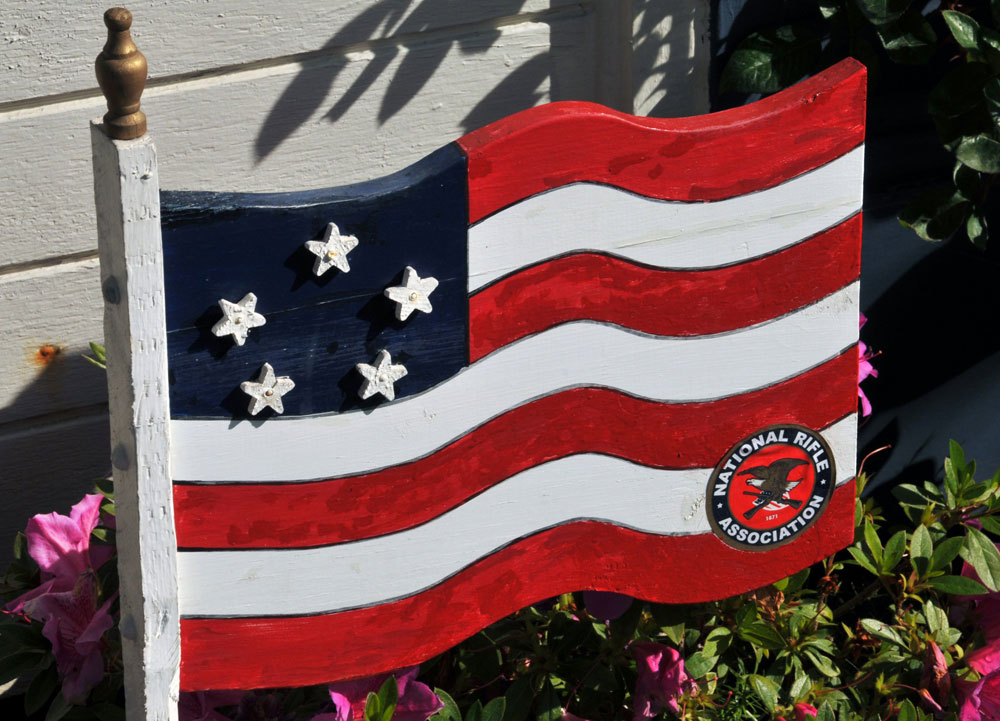
July 2, 2019; New York Times
Since its spring convention, the National Rifle Association (NRA) has been in turmoil. In a growing haze of allegations of mismanagement and internal organizational conflict, the role of the NRA board has been remained an enigma. This week, we learned some large donors think a different tack is needed—that it’s time for accountability and transparency.
The NRA’s official position has been that there is no truth to any of the many allegations leveled against it, and that under the current leadership of CEO Wayne LaPierre, it is well managed. Any accusations are the work of political enemies. From the NPQ perspective, the NRA board has not been meeting its oversight responsibilities; even if there’s smoke but no fire, they have a duty to investigate and ensure the organization’s integrity.
On Tuesday, we learned that some of the NRA’s membership shares this concern. The New York Times reported that a group of major funders has spoken up about the need for a leadership change. One, David Dell’Aquila, “a retired technology consultant who has given roughly $100,000 to the NRA in cash and gifts,” told the Times “he would suspend donations—including his pledge of the bulk of an estate worth several million dollars.”
“The NRA’s internal warfare has become a daily soap opera,” said Dell’Aquila, “and it’s decaying and destroying the NRA from within, and it needs to stop. Even if these allegations regarding Mr. Lapierre and his leadership are false, he has become radioactive and must step down.”
This, of course, provides LaPierre with the chance to exit semi-gracefully before he is outright ejected.
Dell’Aquila sees the goal of his protest as protecting the NRA’s mission—“that our Second Amendment rights are preserved” and stopping “the optics of negativity that are directly harming the NRA institution.”
Sign up for our free newsletters
Subscribe to NPQ's newsletters to have our top stories delivered directly to your inbox.
By signing up, you agree to our privacy policy and terms of use, and to receive messages from NPQ and our partners.
I decided the best way to be effective is to start a grassroots effort to demand from the NRA leadership accountability as well as transparency. I’m not pro-Mr. LaPierre, and I’m not anti-Mr. LaPierre, I’m just simply being objective and trying to save a historic institution from itself. Right or wrong, the buck stops with Mr. LaPierre, because this occurred underneath his leadership, and he’s ultimately accountable.
Another donor told the Times that he would join Dell’Aquila in halting donations, including more than $2 million from his estate. “The donors are rebelling,” said the nameless benefactor, against leadership that is “helping to destroy, temporarily, the strength of the NRA as one of the strongest lobbying groups.’”
The NRA insists its donor base is solid. That confidence seems incongruous in the face of some recent indicators of an erosion of support. For example, Greg Kinman, a gun rights advocate with more than four million followers on YouTube, has recently publicly cut his ties with the NRA.
Carolyn Meadows, the NRA’s president, said in a statement, “We are disappointed whenever donors choose to suspend their support of the NRA, but we hope to win them back.” She added, “People may resist change, but they embrace progress. We’re experiencing that right now at the NRA There’s an energy within the NRA that is hard to describe—and we continue to earn the support of millions of loyal members.”
The organization has rallied other supporters to continue to support this stonewall. President Trump, who the NRA strongly supported, tweeted that the organization was just “a victim of harassment.” In comments provided to the Times by the NRA, another donor who supports the current leadership said the “top priority for the NRA [is] to fight these malicious attacks.”
A nonprofit organization has a responsibility to its membership and the greater society that charters it to operate for honest and effective operations. Its board has a responsibility to protect it not only from external threats, but from internal issues. Circling the wagons may work as a strategy to guard against the “unfair” criticism of their external opponents, but it cannot protect them from themselves. Readers may recall that donor disenfranchisement over an organizational scandal can extend for many years and cost many hundreds of millions of dollars. Even in terms of fiduciary considerations, the board is looking at massive and long-lasting fallout by clinging to a leadership structure that has violated donor sensibilities.
As difficult as it may be, their board must take this situation seriously and demonstrate that their priority is to the organization and not to any individual leader—that’s their job. If they fail, they risk what they fear most coming to fruition: their organization will be weakened, perhaps mortally, by their inaction.—Martin Levine and Ruth McCambridge













